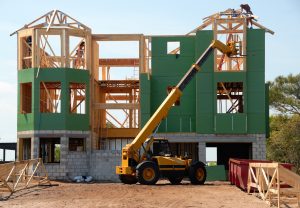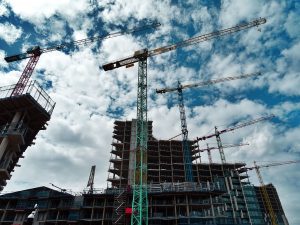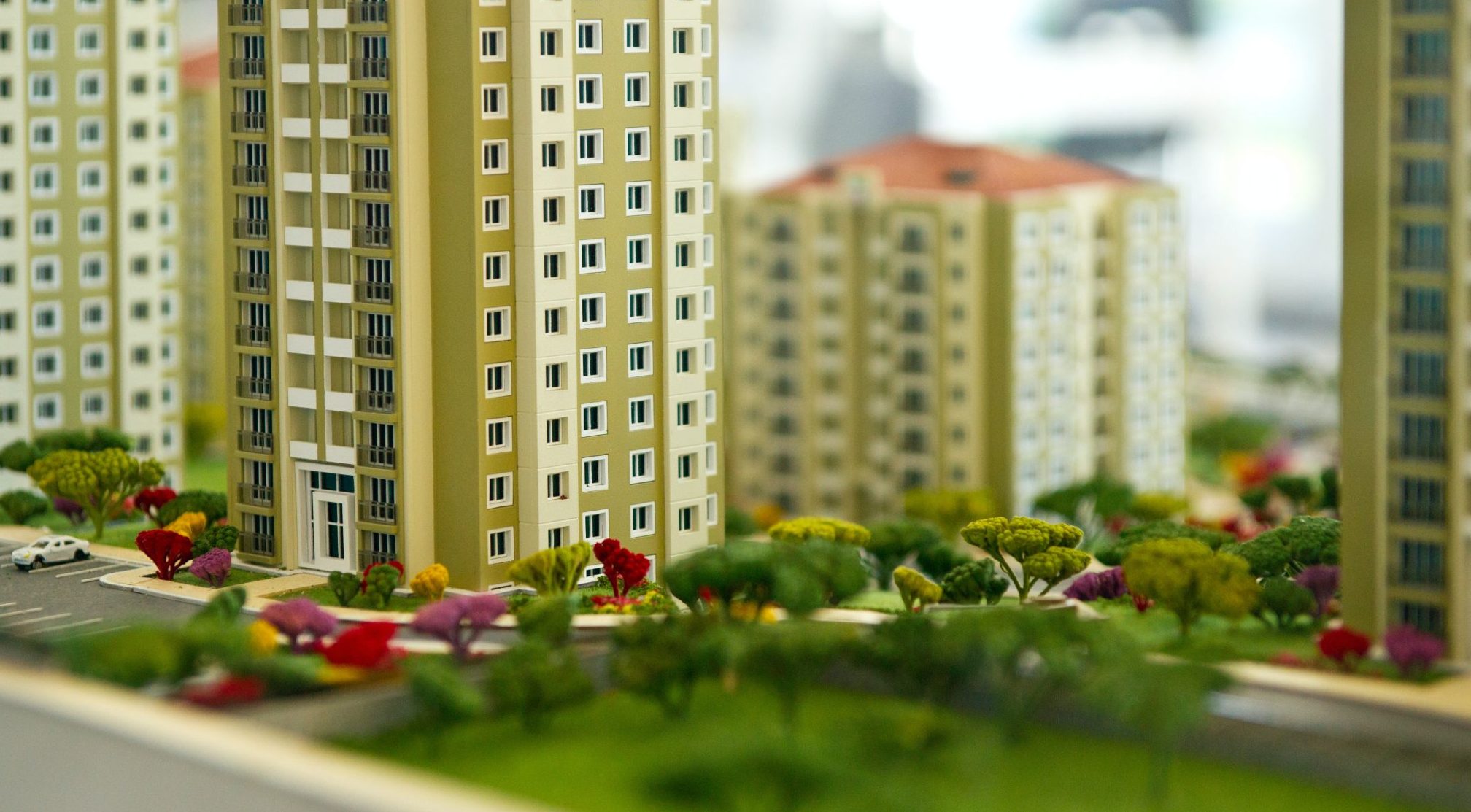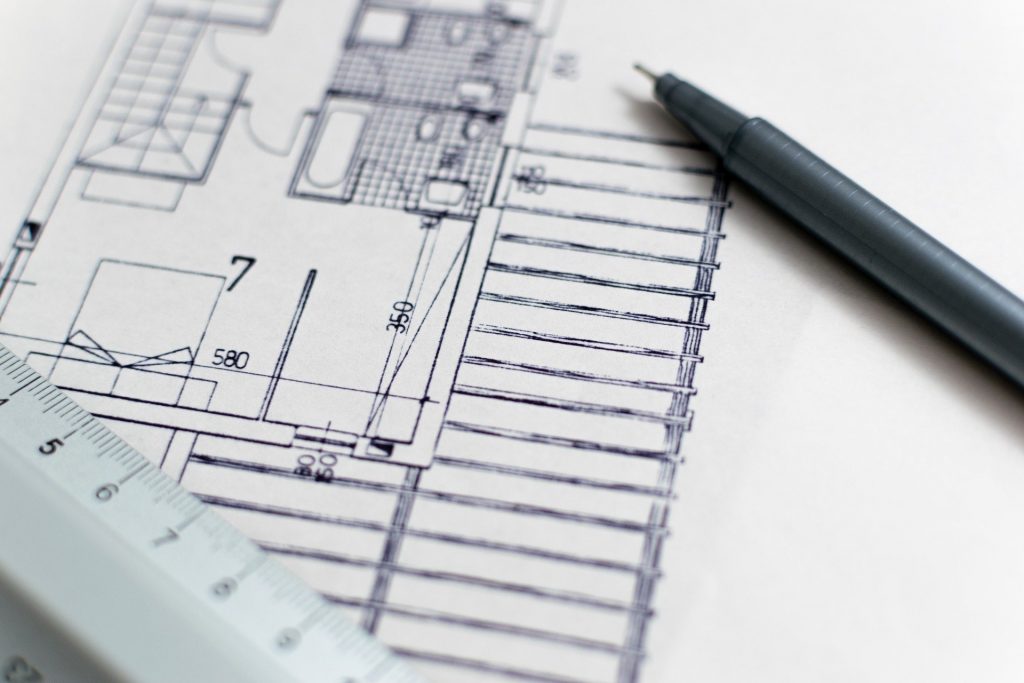 Since getting married in 2017, Samy Abdallah, a 36-year-old bank teller, hunted for a new home. “Prices seemed to spike overnight in line with pound’s depreciation,” he says.
Since getting married in 2017, Samy Abdallah, a 36-year-old bank teller, hunted for a new home. “Prices seemed to spike overnight in line with pound’s depreciation,” he says.
Abdallah rents a 120-square-meter (1,291-square-foot) flat in Manial that eats up more than half his salary. “I worry we will never find an affordable home,” he says, reflecting a widespread sentiment. “Before the devaluation, I never had a buyer and seller I couldn’t match,” says Mahmoud Samir, a Maadi real estate broker with 20 years of experience. “Now, it is common.”
Hoping to expand the supply of properties, the Ministry of Housing recently activated a clause in the 2017 investment law that allows free allocation of land to developers for the construction of affordable housing. In exchange, units must cost no more than EGP 500,000 (about $30,000), which the government defines as a “middle-income” family home.
“The strategy of the Ministry of Housing is to work with the private sector to build low- and middle-income homes,” Housing Minister Assem el Gazza said in March. “Our ultimate goal is to be a regulator of the sector, not a direct investor.”
Many developers see the state’s policy shift as an opportunity to offset a dramatic decline in sales of high-end properties. “That may prove to be their only lifeline in the foreseeable future,” says Tarek Shoukry, head of Real Estate Chambers at the Federation of Egyptian Industries (FEI).
 Government made
Government made
Egyptians have argued about a shortage of affordable housing since the 1950s. Historically, private sector builders saw higher profit margins in luxury developments. “And that was normal, given how loosely supervised the market was in terms of what private developers could build,” says Samir. “Also, more people were getting richer, so they wanted more and could afford it.”
A supply and demand mismatch required the government to be a direct supplier to the lower end of the market. Over the years, however, the Ministry of Housing built social (low-income) housing only sporadically. In 2014, the state launched the Social Housing Program (SHP), which secures funding for buyers and receives their installment payments. Under the program, the New Urban Communities Authority (NUCA) and Central Agency for Construction jointly commit to construct more affordable units.
NUCA traditionally contracts with developers in 30 areas designated by the state as “new cities.” Plots are paid for in full, and real estate companies are free to determine the construction footprint and neighborhood density. A case in point is the New Administrative Capital. The Central Agency for Construction mainly builds social housing units everywhere else. Under the SHP, the government aims to provide a total of a million low-income residential units covering all 27 governorates, according to Mai Abdel Hamid, chairman of the Social Fund for Development (SFD).
The SHP also builds middle-income housing projects to plug a new gap caused by the private sector’s focus on wealthy buyers. “The private sector for years has built for the top 10 percent of society,” says Samir. “Society is now poorer. That is why middle-income housing demand is increasing.” These SHP developments target formally employed Egyptians with units, similar to low-income homes, sold below cost thanks to government subsidies.
Launched in 2014, the Dar Misr National Housing Project was the first government-built development targeting middle-income Egyptians with plans for 500,000 units.
According to a 2018 report by think tank Marsad Al Omran, in fiscal year 2017/2018, the government delivered 188,697 of those units ranging from 100 square meters to 150 square meters in gated compounds with commercial and educational facilities, as well as mosques and other services.
The second project is Sakan Misr with units in Badr City, New Cairo, Shiekh Zayed, 6 October, and New Damietta city. It was launched in 2017 as a national housing program for middle- and upper-middle-income families. Unit sizes are 106 square meters to 118 square meters with a green belt surrounding new neighborhoods. Phase one saw construction of 40,000 115-square-meter units. Phase two, announced this year, involves the construction of 20,000 units.
With 1 million marriages every year, it’s no wonder Egypt has a housing deficit of 600,000 new units per year. According to El Gazzar, newlyweds constitute most first-time buyers, adding “the government can’t meet that demand alone. We need private sector cooperation.”
New market reality
Prices of residential units soared after the pound’s value dropped from about EGP 10 to the dollar to between EGP 17.5 and EGP 18 in 2017 and 2018. “Before the currency crash [starting in 2017], high-end units were selling at nearly EGP 10,000 per square meter,” says Samir. “Now, you could easily find a mid-tier home priced at EGP 13,000 or EGP 14,000 per square meter in some compounds in Sheikh Zayed. High-end units in places like Madinaty rarely go for less than EGP 20,000 per square meter.”
Salaries never caught up with home prices, with demand for property shifting to developments targeting middle-income Egyptians. “Everyone in the market has noticed the decline in sales of high-end residential units to their lowest level this year,” says Beshir Mostafa, managing director of First Group for Real Estate Development. “That hurt private sector developers, who have long focused solely on the high-end property.”
To stimulate sales, developers started going even more upmarket with increasingly unique offerings to cater to the most affluent clientele. “That strategy worked on a limited scale, for a short time,” says Mostafa.
Now, it is increasingly evident that the sustainable solution is to build more affordable property. “Middle-income housing is more in line with current realities,” says Mostafa. “That class is now the main driver of demand for residential units.”
There is much room to capitalize on such an opportunity. “It is a sector that almost all real estate developers have abandoned for years,” says Tarek Shoukry, head of Real Estate Chambers at the Federation of Egyptian Industries (FEI).
Shifting the focus from top-tier properties to middle-income homes is not easy. “The government didn’t discriminate when it sold plots,” says Mostafa of First Group. “So why would we build a low-profit-margin, middle-income project when we could build a high-profit-margin project? Also, we must take into consideration the fact that Egypt’s economic prospects had been booming since 2003, and demand for high-end residences didn’t significantly drop until 2017.”
Additionally, construction costs have been rising amid ongoing fiscal reforms, led by the end of energy subsidies. Mostafa points out that the government also has been increasing land prices every year. To sell, First Group takes on “too much” risk by allowing installment payments over five to 10 years, he says.
 New regulatory framework
New regulatory framework
To overcome rising costs, the Ministry of Housing in 2015 floated the idea of giving land to developers for free if they build homes suited to middle-income buyers. The plan aims for the private sector and government to provide 500,000 residential middle-income units over the next decade. These apartments are set to sell for EGP 500,000.
However, the proposal was postponed until now. At first, there was no legal premise under which plots could be given to investors. “We have been in constant negotiations with the state,” says Amgad Hassanein, chief projects officer of Capital Group Properties.
The Ministry of Housing prepared the latest draft of the initiative in May and sent it to industry bodies for review.
The proposal includes allocating plots to developers to build housing, while the government retains ownership of the land. Units ultimately would be transferred to the Social Fund for Development (SFD) to oversee sales, then reimburse developers based on contracts.
The initiative caps land given to any single developer to parcels ranging between 50 and 100 acres. Additionally, delivered homes must be “fully finished” with at least three bedrooms and one sitting area, according to Abdel Hamid of the SFD. Minimum unit sizes are set at 90 square meters. “We ultimately decide how to price it and determine who is eligible,” says Abdel Hamid.
In terms of leeway to build these units as well as quality standards, developers eligible for the initiative must comply with 2007 regulations imposed by the New Urban Communities Authority (NUCA). That means builders have two years to finish projects after approval by the NUCA and municipality.
To attract construction companies, the proposed legal framework allows part of allocated plots to be used for revenue-generating projects. These intermediate-sized units would be priced and sold by developers, who must pay for the land and cater to Egypt’s middle class. Apartment sizes would be limited to between 90 and 150 square meters, according to Abdel Hamid.
Plot prices for the new mid-range units are expected to vary, depending on location. The proposed law also stipulates the NUCA as the sole authority on pricing the land. “These prices should, hopefully, take into consideration that they are catering to the middle class,” says Mamdouh Badreldin, chairman of the Real Estate Investment Division at the Federation of Egyptian Chambers of Commerce (FECOC).
He adds negotiations with the Ministry of Housing are ongoing to make it even more attractive for developers. Points under discussion include eligible developers paying only 10 percent of the “profit-generating” plot’s price upfront, instead of all of it. After construction, the remainder of the land price would be paid over seven years. FECOC also is trying to extend the construction time from two to three years for the revenue-generating portion of the project.
A positive reaction
The May version of the initiative has received widespread support. “It is a winning situation for everyone involved,” says Shoukry of the FEI. “The government builds affordable homes faster. Families will once again be able to afford decent homes. So developers will see business improve,”
That is because land is the most significant cost factor when building residential property. According to Fathallah Fawzy, head of the construction committee at the Egyptian Businessmen’s Association, the cost of the plot would equal about 40 percent of the final unit price. Alaa Fikry, CEO of Beta Egypt for Real Estate Development, says developers building middle-income property would only make a profit if the land is free, adding. “I think 70 percent of local developers are likely to enter into such a partnership if the initiative is implemented.” Fawzy.
The increase in supply should create more fairly priced residential units, he says. “That would entice more families to move out of rented apartments,” says Fawzy. “Those who rent in compounds have certain requirements only private-sector developers can offer. Before, it was not affordable; under the initiative, it shouldn’t be.” According to Shoukry of the FEI, another upside is more innovation. “Developers should start thinking of new ways to cut costs as well as innovate in terms of design to attract more buyers,” he says.
In the long term, if high-end properties continue to be unaffordable, developers may have no alternative but to make the switch to middle-income housing. “In general, real estate developers need to diversify their investment portfolios to compensate for the drop in sales of traditional high-end offerings,” says Mohamed el Edrisy, an economics professor at Cairo University. “I think every developer in Egypt will eventually be forced into that market segment.”
Caveats
Despite optimism that the initiative might spur a rebound in residential sales, developers are aware of the challenges posed by the underlying policy adjustments. “If we are part of that initiative, then it will not be business as usual,” says Shoukry, of the FEI. “We need to work under a completely different mechanism that integrates our efforts into what the government is doing now with affordable housing.”
Abdel Hamid of the SFD acknowledges involving the private sector in affordable housing requires a new way of doing business. “While the private sector is a major player, moving into affordable housing is a different game,” she says. “Developers must present more guarantees than usual. Especially when companies are getting plots for free.”
The other important factor is development location. “As a broker, I can’t sell residential units — no matter how good and affordable the project is — if it’s located away from services such as paved roads, commercial centers and gas stations,” says Samir.
More worrisome for Fikry of Beta Egypt is that investing in middle-income housing requires reliable research. “We are speaking about the housing gap, large newlywed figures, and high middle-income demand,” he says. “Yet there is no data linking income to these stats. We don’t know where these newlyweds are located, for example. We don’t even have a relevant, reliable quantitative definition of who is ‘middle class.’”
That lack of reliable information, for Fikry, is the first problem that the state must tackle: “These projects must house many people … We are not in the business of building ghost towns while population in informal settlements continues to surge.”
Finding success
From the government side, the “free land to build middle-income homes” initiative is not the only step to entice the private sector to invest in affordable housing. In March El Gazzar told the daily Al-Mal newspaper that his ministry is working with banks to increase lending to real estate companies, as well as to potential buyers. There also is the idea of creating a fund to help finance purchases of middle-income homes to complement CBE’s housing initiative and establishment of a dedicated real estate financing entity. “It would work directly with developers to offer suitable funding options for potential middle-income home buyers,” he said.
Developers, on the other hand, want the state to impose some control over the price of construction materials “We don’t want price caps or heavy-handed regulations. However, the market needs to have a degree of oversight to ensure that prices are not artificially increasing because of hoarding or manipulation,” says el Edrisy, the university professor. “If only for those projects, a form of government support regarding energy prices would noticeably impact the final price of units.”
Ultimately success in addressing imbalances in the housing market rests on long-term policy continuity “It may seem like a good idea to give plots for free. However, for its impact to become visible, it must last for at least two years,” says Fikry. “The government must not back out, even if it turns out to be a costly exercise with no visible immediate benefits.”







